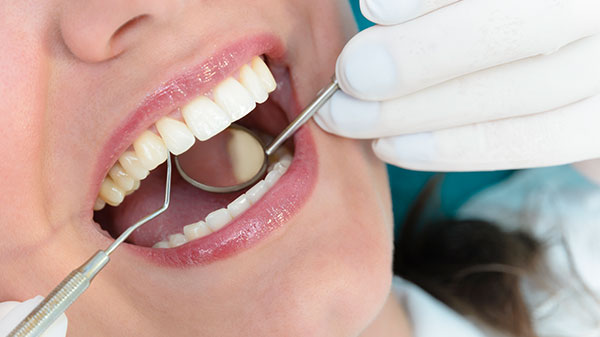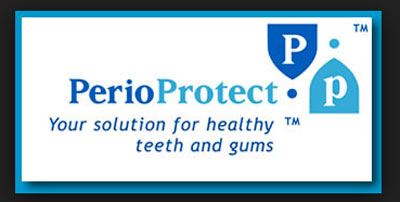PERIODONTAL PROCEDURES

What is Periodontics?
Periodontal disease, also called gum disease, attacks the soft tissue around the teeth. Left untreated, it can lead to bone loss and tooth loss. Periodontal (gum) disease is among the most widespread dental problems in the United States. Just under 65 million Americans aged 30 and older receive treatment for it each year. That’s 50% of all adults. Nourhan Mekawy, DDS, has trained in periodontics, the branch of dentistry that treats gum disease and other problems related to the support structures of your teeth. During your semi-annual dental checkup, Dr. Mekawy checks for potential periodontal problems.
Periodontics is the branch of dentistry that works to prevent, diagnose, and treat periodontal diseases. It also involves taking care of teeth support structures, including dental implant placement. Left untreated, it can lead to bone loss and tooth loss. Dr. Mekawy has worked in periodontics for years. She’s trained to spot the early signs of gum disease and take preventive measures before it gets worse.
Periodontal Maintenance
Home care is an extremely important part of maintaining healthy teeth and gums, but even excellent home care cannot prevent bacteria and plaque. If the plaque is not removed, it can harden, becoming calculus. We will recommend a periodontal maintenance program that is best for you based on how quickly you develop calculus and your past and current periodontal health.
During your maintenance visits, we will perform a visual inspection and take digital radiographs to detect cavities, abnormalities in existing dental restorations, gum and bone recession, and any other abnormal findings within the mouth, head and neck.
Also included in maintenance visits are a thorough dental cleaning to remove dental plaque and tartar (calculus) from the teeth. Specialized instruments are used to gently remove these deposits without harming the teeth.
Scaling and Root Planing

Scaling and root planing is a non-surgical procedure used to treat gum disease. During the scaling process, specialized dental instruments are used to remove dental plaque and calculus from beneath the gums. Planing is the procedure used to smooth the tooth’s root after the scaling process. Root planing helps the gums heal and reattach themselves to a cleaner and smoother root surface.
Periodontal Splinting
Periodontal splinting is done to stabilize teeth that have become loose as a result of bone loss due to periodontal disease. The doctor will determine if periodontal splints are needed, as sometimes careful management of the periodontal disease causes the teeth to become more stable. Periodontal splints may use stabilizing wire or ribbon, composite resin, crowns, inlays/onlays, and/or veneers to accomplish the goal of stabilizing the teeth.
Perio Protect™ Trays

Perio Protect™ is the revolutionary new medical device to treat periodontal disease. The FDA-cleared Perio Protect Trays™ can deliver doctor-prescribed medications to treat periodontal infections. Years of clinical use have demonstrated the trays to be effective, comfortable, and easy to use.
Other Periodontal Procedures
Periodontal Laser Treatment
Periodontal laser treatment is an innovative way to remove diseased gum tissue with less gum shrinkage and discomfort than traditional methods.
Learn More about Laser TreatmentCrown Lengthening
Crown lengthening is commonly used to expose more tooth structure, crown lengthening involves the removal of gum tissue and/or bone to expose more of a tooth’s structure.
Gum Grafting
Gum grafting treats root exposure resulting from receded gum tissue. Tissue is removed from the roof of the mouth or from gum tissue near the tooth and stitched into the area needing gingival repair.
Learn More about Gum GraftingBone Grafting
Bone grafting is the replacement or enhancement of bone around teeth. When a tooth is lost, the surrounding bone collapses. Bone grafting is performed to reverse bone loss or enhance bone. The bone can be taken from parts of the body or from synthetic material. Bone grafting allows for proper support of dental implants or prostheses.
Dental Implants
A dental implant is an artificial tooth root. It’s a titanium screw that Dr. Mekawy places into the jawbone so that she can attach a natural-looking crown to replace a real tooth. The restoration will blend in with your remaining natural teeth.
Learn More about Dental Implants
Learn More About Periodontal Disease
Periodontal health can be prevented with proper dental care, and treated at each stage.
Learn More